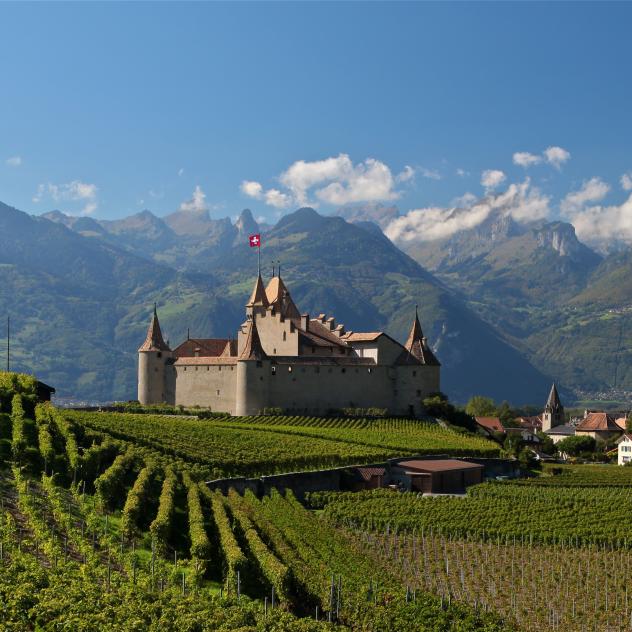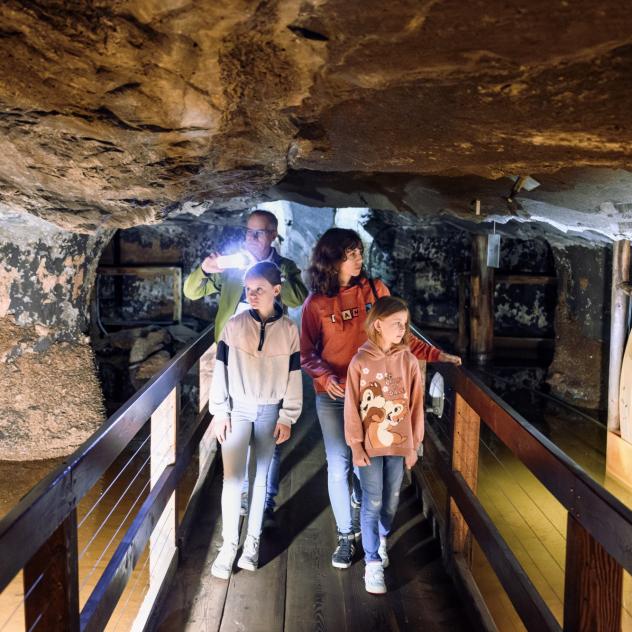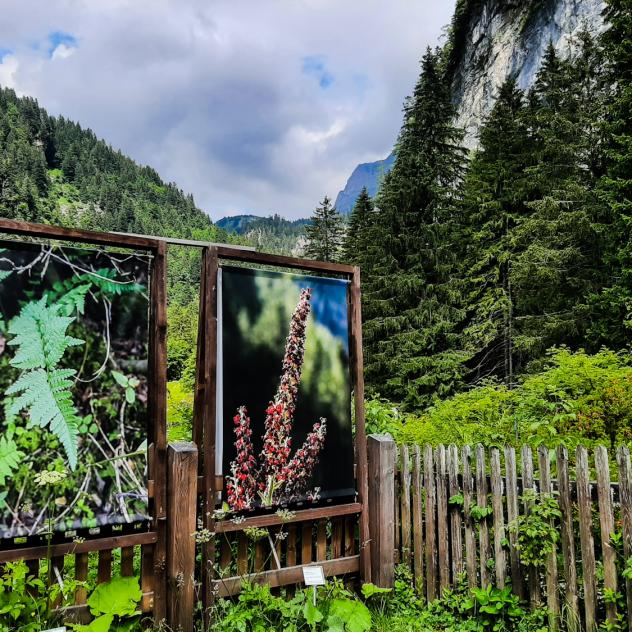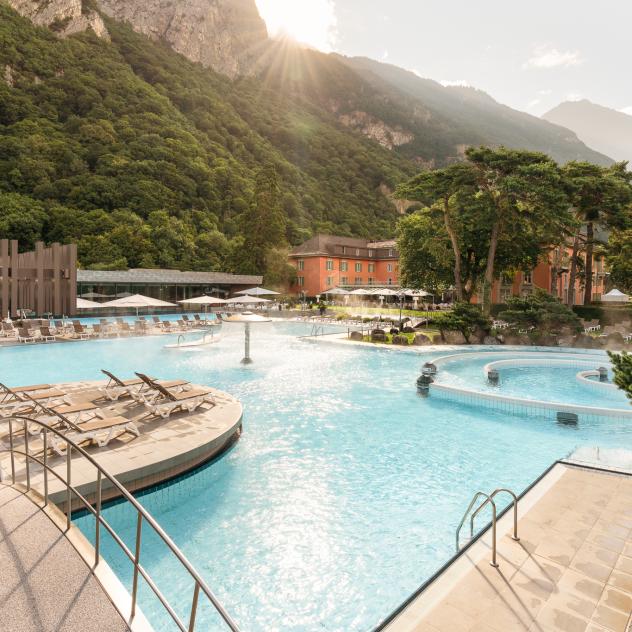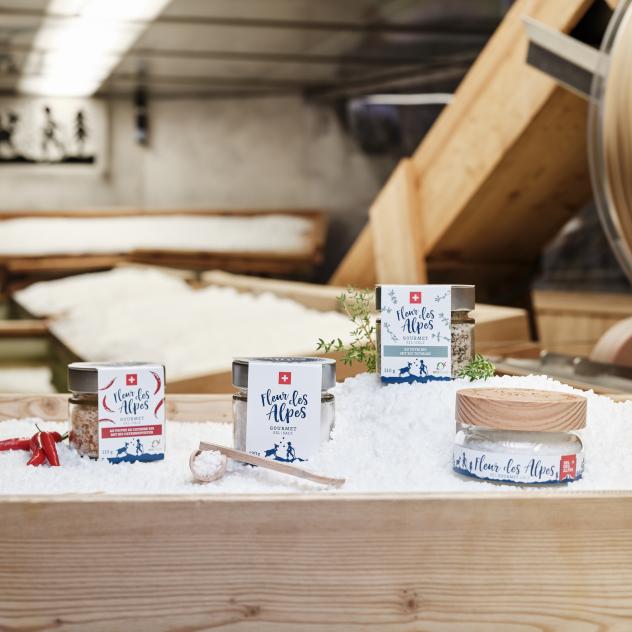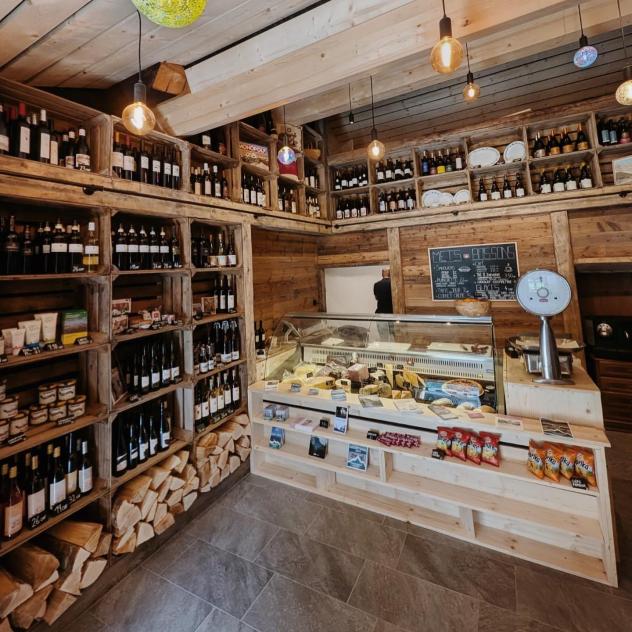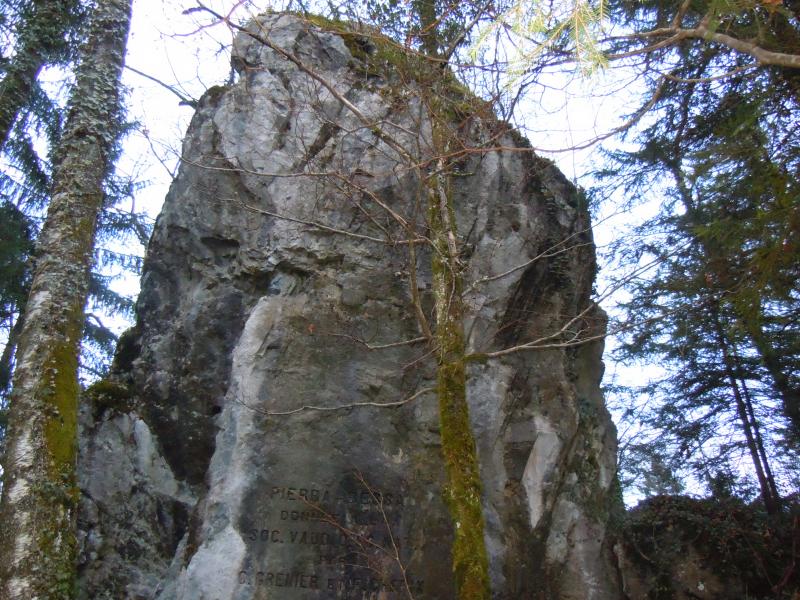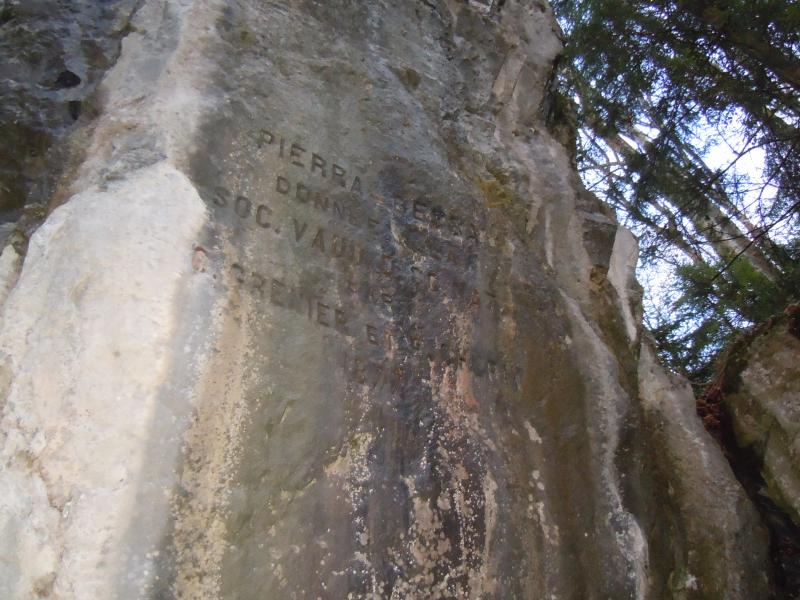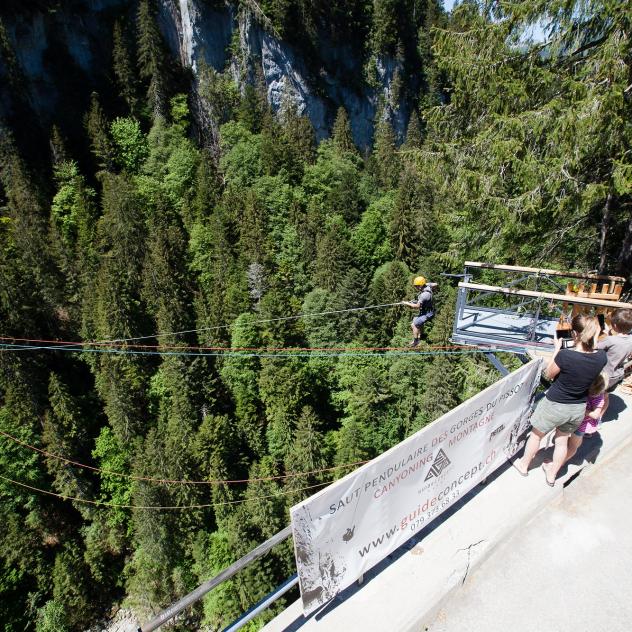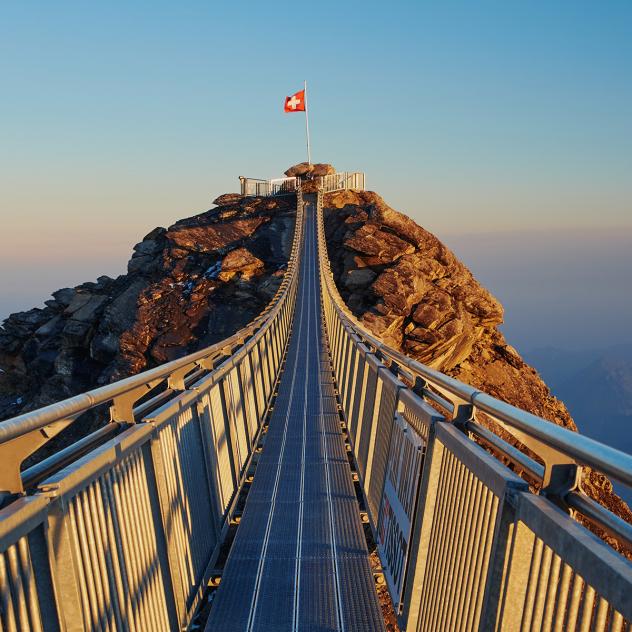
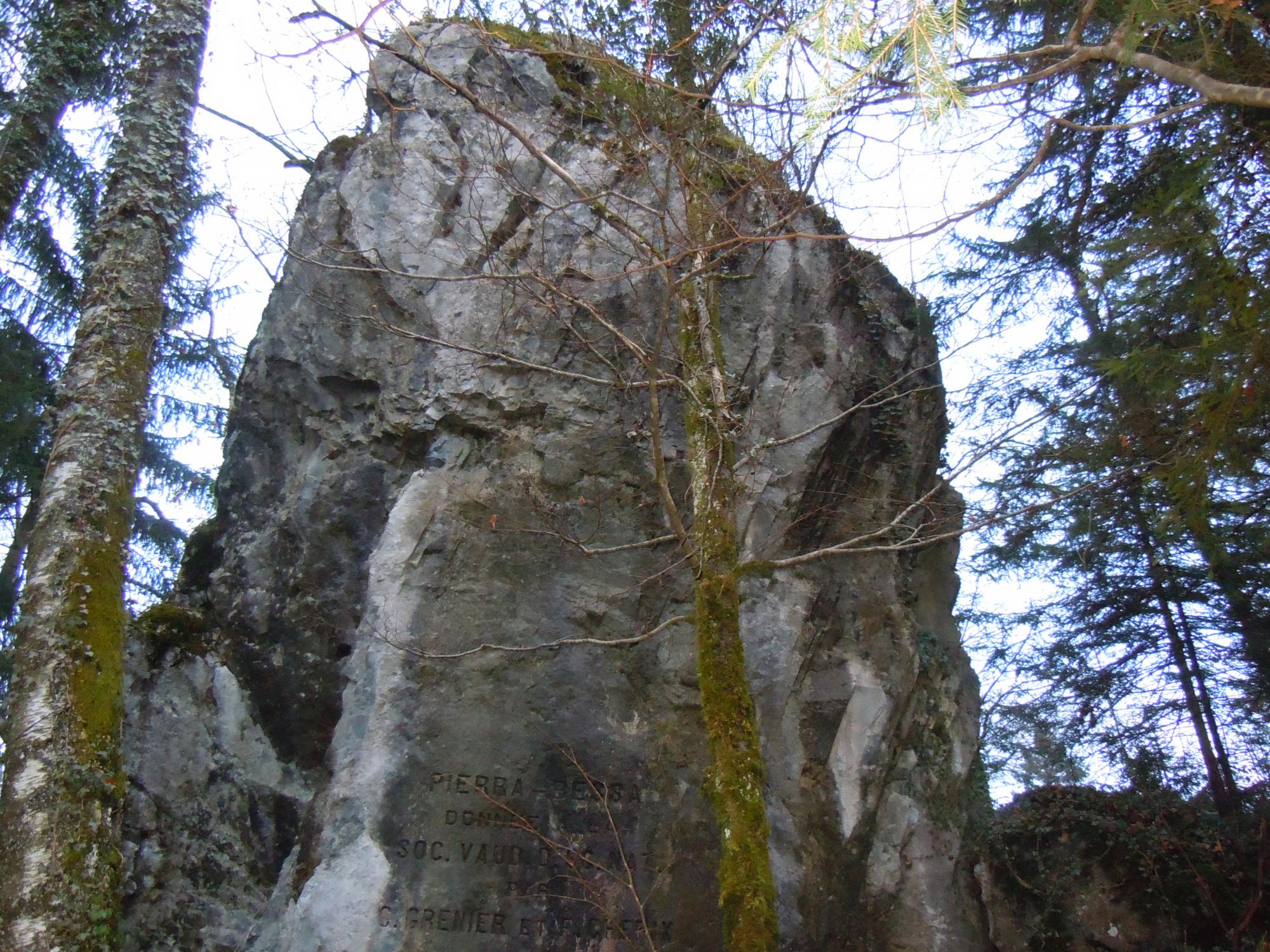
arrow_backBack
The Dévens boulders
Contact information
place
Office du Tourisme de Bex
Avenue de la Gare 68
1880 Bex
Overview
These blocks have witnessed the birth of a new scientific theory and the birth of the last glaciation. The rock of the blocks is different than the rock found on the hills.
Mysterious monsters from afar: The erratic blocks of Dévens
The erratic blocks of Dévens are the witnesses of the birth of a new scientific theory and of the last ice age.
A boulder is a geological unknown: it differs in its rock type from that of its surroundings.
The adventures of Block Monster and Pierra-Bessa:
Boulders that are not made of the same rock as the hill they are on. ...
"Near my home in Dévens, on the northern side of a small gypsum hill called Montet, there is a block of limestone. It comes from the mountains surrounding the Avançon valley [...].
As it has no particular name, and I will mention it a few more times, I will call it Bloc Monstre."
... And who could not have come here by his own means...
"The Pierra-Bessa, near my home, is a 61 foot high pyramid [...] It is split from top to bottom [...].
This fracture is obviously the result of the block falling when it came to rest. However, there are no rock walls in the vicinity from which it would come... ".... a mystery!
Masses of ice fill the valley. Block Monster falls from the mountain, followed by his friends, onto the glacier.
This brings our two heroes to Dévens, in the valley. The glacier becomes too hot and retreats into the mountains. Bloc Monstre and Pierra-Bessa stay behind at the foot of the hill. They are close by. Look for them!
How did these blocks get here? Jean de Charpentier sheds light on this mystery...
At the end of the 18th century, various explanations circulated about the transport of the boulders. On the basis of field observations, Jean de Charpentier refutes all the hypotheses! A new theory must therefore be found...
A long time ago, gigantic glaciers transported boulders from the Alps to the Jura!
17,000 years ago: The Chablais region was under a layer of ice.
The Rhône glacier advances as far as Aigle. Icebergs break off its tongue and float into Lake Geneva, which is much larger than today.
Loaded with debris, the Avançon glacier flows from the limestone Alps into the Rhône valley, which is occupied by the glacier of the same name: it is diverted and flows down the northern slope of the Montet hill (where you are standing). In doing so, it carves out the small valley of Dévens. When it melts, it leaves behind many boulders in this area, including the giants mentioned above.
De Charpentier's work on this subject was published in 1841 and was then approved by the scientific community!
The boulders are support 's evidence of the Ice Age theory. Their protection is requested, as in the past they were often destroyed by their use for clearing fields or for obtaining building materials.
Thus, the blocks of Dévens described by de Charpentier still exist today. The Bloc Monstre, which owes its name to him, still bears a dedication to this honest and perceptive scientist.
Practical information
At the Vita trail in the forest of Dévens/Bex. Signage on site.
Location
Infiniment plus Adventure

Peak Walk by Tissot - Glacier 3000
Enjoy a unique experience at Glacier 3000; cross the Peak Walk by Tissot, the only suspension bridge in the world that links two peaks.
Getting to Bex
Car parks and transport
Brochures and maps
Practical information
- location_on
Office du Tourisme de Bex
Avenue de la Gare 68
1880 Bex
- phone_in_talk
+41 24 463 30 80
- mail
info@bex-tourisme.ch
Facebook
Instagram

